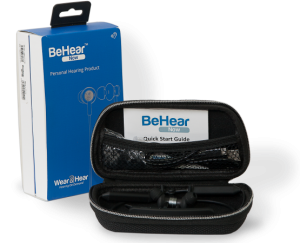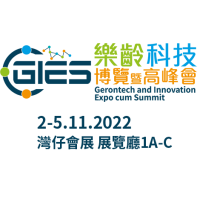This talk was videotaped at Nola Socks Pub in Haifa, Israel as part of the monthly “Haifa Digital Health” lecture series coordinated by Yoav Medan.
On December 7, 2016 the FDA (Food and Drug Administration) made an extremely important announcement for hearing impaired people. The FDA is working to establish a new category of Over The Counter (OTC) devices that are hearing aids. For the consumer electronics industry it may be the “starting shot” in a race to create low-cost, high-performance, multi-functional alternatives to traditional hearing aids, addressing the needs of the huge potential market of over 700 million hearing impaired users worldwide. Some of us predicted this starting shot as long as 6 years ago and began working in this direction. This video, created from a lecture presented on January 16, 2017 for Haifa Digital Health, includes a short history, as well as the latest developments in this field.
Alexander Goldin, Founder and CEO of Alango Technologies, Ltd., realized the potential of affordable consumer electronics devices as alternative to hearing aids. About two years ago his company started developing a licensable software package that allows the inclusion of hearing aid functionality into virtually any high-end Bluetooth headset. Today this reference design is sold as HearPhones™.
In 2015 Alango decided to go a step further and develop its own concept products, based on the HearPhones reference design. The first product to reach the market is called BeHear™. It is a stylish Bluetooth headset with truly personal hearing enhancement functionality. The second product is called Smart Assistive Listening Transceiver (SALT™) that, additionally, integrates assistive listening features. Prototypes and their respective availability dates and prices are seen in this video.
It is Goldin’s belief that the future of affordable hearing enhancement will not stop at HearPhones types of devices. The next step will be another class of devices that will be a derivative of HearPhones. Based as they are on HearPhones they will, of course, include fully personalized sound with Bluetooth connectivity, hearing enhancement and assistive listening functionalities. Additionally, these always-on, wearable devices will also function as daily organizers, health monitors, intelligent fall detectors and navigators, etc. All these additional functionalities will be via a personalized virtual assistant communicating with the user via voice and listening for voice commands. Alango calls this new type of devices “Personal Hearing Assistants” or PHA.
The level of user-device voice interaction required by Personal Hearing Assistants demands a leap in automatic speech recognition technology. In turn, such a leap is impossible without a significant improvement in users’ speech signal quality in noisy, reverberant, windy and other unfriendly to voice environments. We, at Alango Technologies, are working on these challenges will continue to provide updates about the latest developments in this area.
Where to Buy W&H Products
The BeHear headsets are available for purchase from our on-line store (along with the HearLink and HearLink PLUS assistive listening transmitters). For bulk purchase pricing, contact us here.
Latest Tweets
Upcoming Events
Gerontech and Innovation Expo cum Summit (GIES), is the largest geron-technology public education event in Hong Kong. GIES allows the general public, as well as the elderly and rehabilitation service sector, to explore and learn about various gerontechnology solutions. Won't…

HealthIL 2022 Conference
Nov. 28 - Dec. 1Come and join us at this conference to meet face-to-face, learn, explore, experience, and get to know new technologies and innovation in healthcare -- including our BeHear personal hearing amplifiers and express hearing check kiosks. Register here. - Nov. 28…




